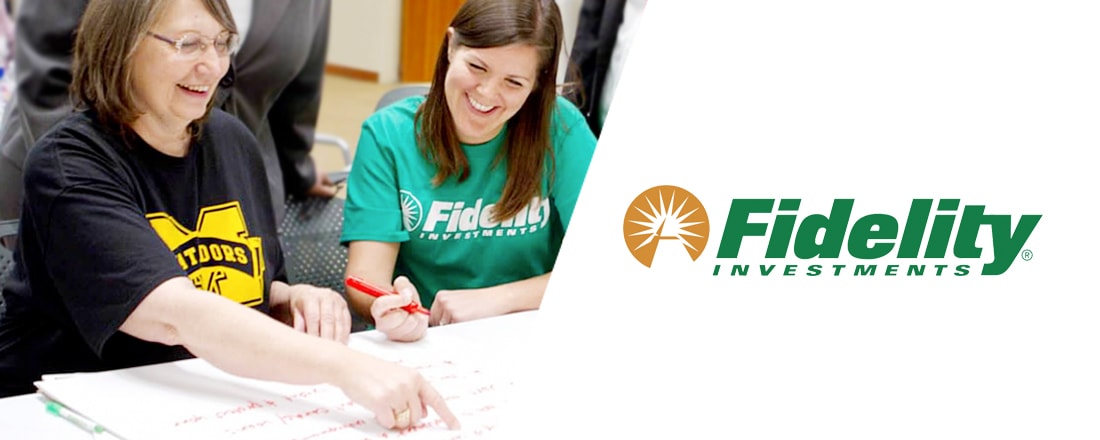
In a world where banking news is often grim – from Citigroup’s robo-signing settlement and Danske Bank’s money laundering inquiry to Wells Fargo’s latest scandal – positive efforts by financial institutions to benefit more than their shareholders are a welcome relief. One such program is Fidelity Investment’s Fidelity Cares Teacher Financial Literacy Training Program.
Educating Teachers to Educate Students
Launched in 2003, the training program was inspired by the work of the North Carolina Council for Economic Education (NCCEE).
“It came out of a piece of research from the University of Wisconsin that said that 89 percent of teachers thought that financial literacy should be taught in schools but only 20 percent of teachers felt confident or competent to do so,” explained Teresa Pelletier, Fidelity’s Director of Community Relations.
“This was a huge gap, and we thought we could play a role in closing it,” Pelletier continued. “We worked in partnership with nonprofits like the Council for Economic Education and the Jumpstart Coalition to develop an in-person teacher training program that brings teachers together to learn how to administer financial literacy lessons in their classroom.”

The program provides participating teachers with information around personal finance, saving and investing. “Teachers can use these concepts in their own lives as well as feel confident when they stand in front of their students to deliver similar content,” Pelletier added.
In addition to the Teacher Financial Literacy Training Program, Fidelity partners with organizations including Junior Achievement to bring financial education directly to local classrooms.
“We host financial literacy events at our regional sites across the country where we’ll bring hundreds of students in at a time to do a financial literacy workshop,” said Pelletier. “Really, we’re trying to bring elements of financial literacy into our communities wherever we can.”
Tackling Financial Literacy One Teacher at a Time
It’s certainly a worthy cause, as numerous studies have demonstrated that the U.S. has a major financial literacy problem. For example, only 24 percent of Millennials demonstrate basic financial literacy. A mere 46 percent of Americans have money set aside for a rainy day. And 48 percent of student loan holders are concerned about their ability to ever pay off those debts.
“Certainly, financial literacy is important,” Pelletier said. “We’ve often said that even though only 17 states require a personal finance course to graduate high school, every single person who graduates high school is going to need some sort of level of financial knowledge in life. They’re going to make financial decisions from the moment they graduate, and there are many studies that show that lower levels of understanding of basic financial concepts have a real effect on the ability to live the life you want in the future.”

To date, more than 1,400 teachers have participated in Fidelity’s financial literacy program. These teachers currently serve 150,000 students. Pelletier noted that over the next decade, taking into account teachers leaving the field, the number of students those teachers will reach will surpass 1 million.
“We remain committed to financial literacy programming in our communities,” she concluded.





